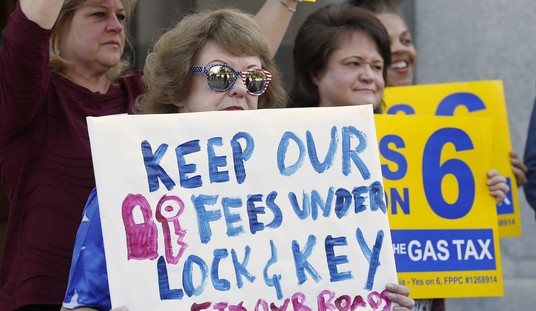When Ammon Bundy led a group of armed protesters to take over a federal building in Oregon, he unwittingly presented an analog of “Black Lives Matter.” Human nature affords the benefit of doubt to those with shared values. Therefore, many of the same people who decried the actions of Black Lives Matter now cheer in support of Bundy. Conversely, many who supported the disruption of Black Lives Matter now rush to label the Bundy group “terrorists.”
In truth, the Black Lives Matter movement and the Bundy group have far more in common than they do in contrast. Both groups have grievances with government which they claim have gone unaddressed. Both groups point to ongoing examples of perceived government persecution. Both groups have chosen civil disobedience to draw attention to their cause. Both groups portray themselves as “peaceful” and claim to be engaged in “non-violent” protest.
That last point generates some controversy on account of the Bundy group’s being armed. Commentary from the Left views being armed as synonymous with being violent. Our own Rick Moran correctly refutes that point. The presence or absence of guns is not the key factor that determines whether a protest is “peaceful” or not.
To remain peaceful, you must remain where you have the right to be. Whether armed or not, when Black Lives Matters trespasses on private property or disrupts the operation of public infrastructure, the protesters are not peaceful. Similarly, when the Bundy group broke into a federal building, they ceased to be peaceful. The latter may deserve credit for targeting a disused facility, which has no apparent impact on fellow citizens. But that hardly justifies their actions. If the Bundy group has a right to be in that federal building, then Black Lives Matter has a right to occupy a police precinct or shut down an airport. Principles have to be applied consistently.
Another resemblance between Black Lives Matter and the Bundy group is each movement’s questionable choice of poster children. In the case of Black Lives Matter, they chose folks like Jamar Clark, a habitual criminal who died in a tussle with police after interfering with paramedics caring for his abused girlfriend. In the case of the Bundy group, they chose Dwight and Steven Hammond, a father and son convicted of arson and accused of poaching. In either case, protesters point to a system which they claim violates the rights of their particular group. They may be right. However, the broader flaws in the system do not justify the particular actions of either Jamar Clark or the Hammonds.
Perhaps the saddest similarity between these two efforts is the futility of each. No one who was not already on board the Black Lives Matter cause will be convinced by acts of civil disobedience. Likewise, the Bundy group will not succeed in sparking any reform of federal authority. These actions draw attention to their cause. But that’s it. Anything productive past this point will require a completely different strategy.
Like Black Lives Matter, the Bundy group doesn’t seem to know what that strategy is. From CNN:
When asked what it would take for the protesters to leave, Bundy did not offer specifics. He said he and those with him are prepared to stay put for days or weeks or “as long as necessary.”
As long as necessary to accomplish what?
He did not explicitly call on authorities to commute the prison sentences for the Hammonds, but he said their case illustrates officials’ “abuse” of power.
How does Bundy think this is going to resolve? Chances are, like Black Lives Matter, his strategy rests upon little but unrefined conviction.
In a nation born of revolution, acts of defiance are often viewed as patriotic. But alongside our reverence for the Declaration of Independence and its justification for revolt, we ought not forget its caution regarding “light and transient causes.” If we believe our government has reached a point beyond which revolution is called for, then we should make no pretense regarding what that means.
There’s a difference between protest and revolution. The line that separates each is adherence to law. Protesters seek permits and organize assemblies in places they have a right to be. Revolutionaries defy authority and occupy something to which they hold no legal claim. If we support the latter, then we’re saying that perceived government evils are no longer sufferable. If that’s what we believe, then we welcome all the repercussions of revolution.









Join the conversation as a VIP Member